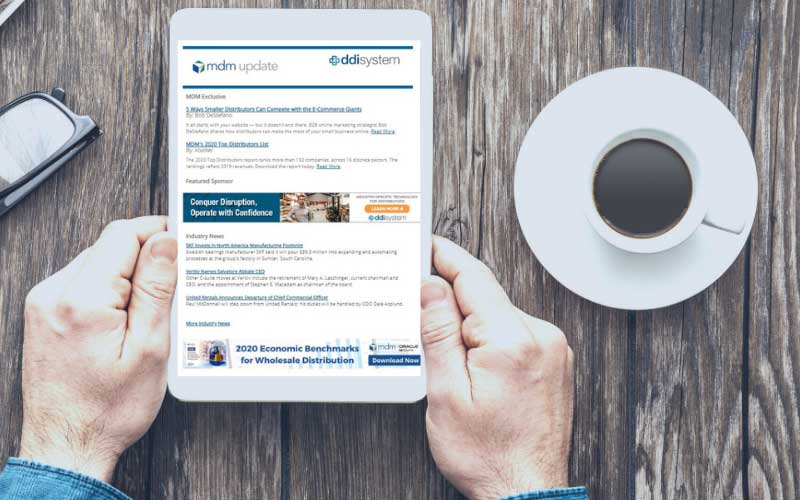To continue reading this article you must be a paid subscriber.
Subscribe to MDMAlready Subscribed? Click here to log-in | Forgot your password?
The economics of relationship selling are changing, and that means distributors must change, as well. This article – part 2 in a series on the role of the distribution sales rep – examines that change and paints a picture of the future of field sales, including its role, function and purpose for the successful distributor. Part 1 examined what’s driving the shift and why distributors should act.
Join Indian River Consulting Group and MDM for Sales GPS, a live event on the future of field sales. Learn more at SalesGPS2017.com.
This article includes:
Subscribers should log in below to read this article.
Not a subscriber? Subscribe below or learn more. Subscribers also have access to the following related articles:
Already Subscribed? Click here to log-in | Forgot your password?
Read the latest articles and see your reports.
The MDM update newsletter is your best source for news and trends in the wholesale distribution industry.
Wholesale distribution news and trends delivered right to your inbox.
Sign-up for our free newsletter and get:

Join other distribution executives who use MDM Premium to optimize their business. Our insights and analysis help you enter the right new markets, turbocharge your sales and marketing efforts, identify business partners that help you scale, and stay ahead of your competitors.
By providing your email, you agree to receive announcements from us and our partners for our newsletter, events, surveys, and partner resources per MDM Terms & Conditions. You can withdraw consent at any time.